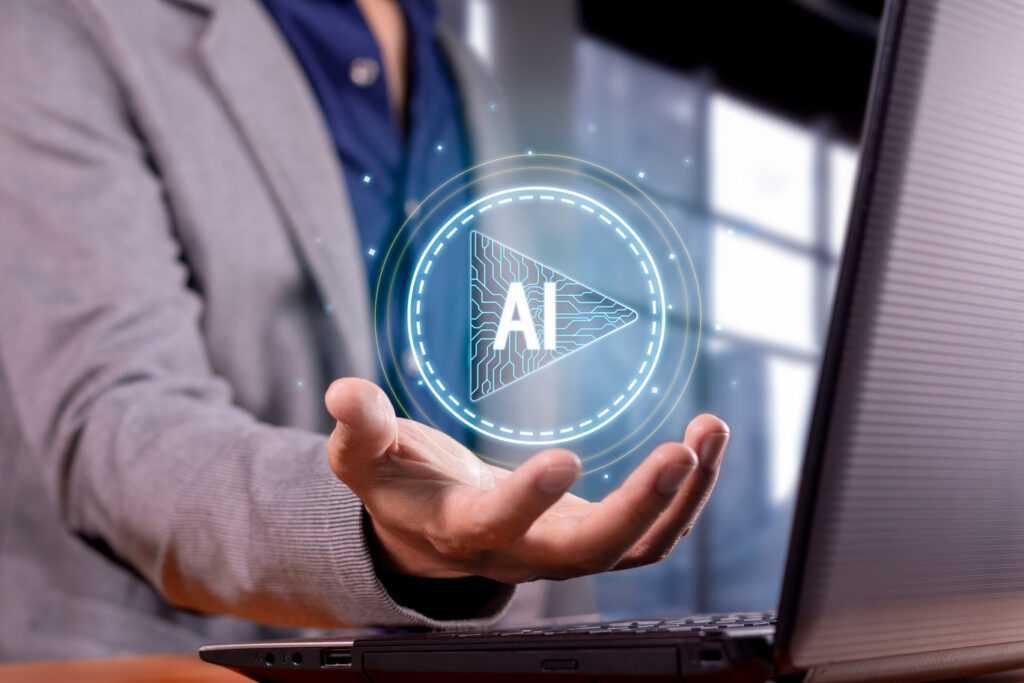Artificial Intelligence (AI) and Machine Learning (ML) are revolutionizing healthcare in ways we could only dream of a decade ago. From early disease detection to personalized treatment plans, these technologies are reshaping how we approach medical care. With AI’s ability to analyze vast amounts of data quickly and accurately, healthcare professionals can make more informed decisions, ultimately improving patient outcomes.
I’ve seen firsthand how AI and ML are transforming the healthcare landscape. Imagine a world where diagnosing illnesses happens in real-time, and treatment plans are tailored to each individual’s genetic makeup. This isn’t science fiction—it’s happening now. As we delve deeper into this topic, we’ll explore the groundbreaking innovations AI and ML bring to the healthcare sector and their potential to save lives.
The Impact of AI on Healthcare Diagnostics
1. Improving Accuracy and Speed
AI boosts accuracy and speed in healthcare diagnostics, enhancing patient outcomes and efficiency. For example, AI algorithms analyze medical images like X-rays and MRIs to detect anomalies faster than traditional methods. According to a 2020 study published in Nature, AI systems achieved 94.5% accuracy in diagnosing breast cancer from mammograms, compared to the 88% accuracy of human radiologists. Such precision reduces the diagnostic window, allowing quicker treatments. Additionally, ML models predict disease outbreaks by analyzing vast datasets, which aids in early intervention and resource allocation.
2. Reducing Human Error
AI minimizes human error in diagnostic processes, enhancing reliability. Human fatigue or cognitive biases often lead to misdiagnoses or delayed diagnoses, impacting patient care. AI-driven diagnostic tools, however, provide consistent and objective assessments. For instance, IBM’s Watson for Oncology offers evidence-based treatment options by cross-referencing vast medical literature, ensuring fewer oversights. Moreover, these systems continuously learn and improve, further lowering error rates over time.
Machine Learning Applications in Treatment Personalization
Customized Treatment Plans
Machine learning algorithms analyze patient data to develop personalized treatment plans. These algorithms consider individual patient variables like genetic information, lifestyle factors, and medical history to suggest tailored therapies. For example, applications in oncology use ML to identify the most effective chemotherapy regimen for specific cancer types. The genetic profile of a tumor can guide these treatment recommendations, optimizing outcomes and minimizing side effects. By leveraging large datasets, ML enhances the precision and relevance of medical treatments.
Real-Time Monitoring and Adjustment
Machine learning enables real-time monitoring of patients, allowing for dynamic adjustment of treatment protocols. Wearable devices collect continuous health data, which ML algorithms then analyze to detect abnormalities or changes in a patient’s condition. For instance, diabetic patients benefit from real-time glucose monitoring and insulin adjustment based on their current levels and patterns. This adaptive approach ensures timely interventions, reduces complications, and promotes better health management. With these advancements, healthcare providers can respond swiftly to patient needs, improving overall treatment efficacy.
AI-Driven Predictive Analytics in Healthcare
Enhancing Preventive Care
- Predictive Analytics: AI-driven predictive analytics enhance preventive care by predicting disease risks before symptoms occur.
- Risk Identification: Algorithms analyze patient data, such as electronic health records (EHR) and lifestyle information, to identify individuals at risk of conditions like diabetes or heart disease.
- Early Intervention: Healthcare providers can implement early intervention strategies to prevent disease onset.
- Real-World Applications: Notable examples include tools developed by companies like Health Catalyst, which enable proactive management of chronic diseases by recognizing early warning signs.
- Reduced Healthcare Burden: These interventions reduce the burden on healthcare systems.
- Improved Patient Outcomes: Early interventions improve long-term patient outcomes.
Identifying At-Risk Patients
- Targeted Healthcare: Identifying at-risk patients is crucial for targeted healthcare interventions.
- Predictive Analytics: Tools evaluate large data sets, including genetic data, historical health records, and socio-economic factors, to pinpoint individuals who might develop serious conditions.
- Addressing Health Disparities: This process helps in addressing health disparities by focusing resources on high-risk populations.
- Example – Jvion: AI systems from companies like Jvion leverage social determinants alongside clinical data to predict hospitalization risks and recommend preventive measures.
- Timely and Personalized Care: Precise identification of at-risk patients allows for timely and personalized care.
- Reduced Severe Health Events: This approach reduces the incidence of severe health events and enhances patient care quality.
Ethical and Privacy Concerns With AI in Healthcare

Data Security Issues
AI applications in healthcare often handle vast amounts of sensitive patient data. Protecting this data from breaches is crucial as these breaches threaten patient privacy and can lead to misuse of information. Implementing robust cybersecurity measures mitigates risks, but even advanced protections are sometimes vulnerable to sophisticated attacks. A breach in a hospital’s AI system could expose patient records, leading to identity theft or unauthorized use of medical information. To address these threats, healthcare providers must ensure data encryption, regular security audits, and adherence to stringent data protection regulations such as HIPAA in the United States.
Ethical Implications of Automated Decisions
AI systems frequently make automated decisions in patient diagnosis and treatment. These decisions bring several ethical challenges, particularly regarding accountability and transparency. If a misdiagnosis occurs, determining responsibility for the error—whether it lies with the AI, the developers, or the healthcare providers—becomes complex. Another concern is bias in AI algorithms, which can arise from biased training data, leading to disparities in treatment outcomes among different patient groups. Ensuring algorithms are trained on diverse datasets and monitored for bias helps promote fairness and equity in healthcare services. Additionally, informed consent is crucial; patients should know when and how AI influences their care, ensuring trust and autonomy in the healthcare process.
Conclusion
AI and ML are revolutionizing healthcare by enhancing diagnostic accuracy, personalizing treatment plans, and enabling preventive care. While the benefits are substantial, we can’t ignore the ethical and privacy concerns that come with integrating these technologies. Ensuring data security and addressing biases in algorithms are crucial steps to build trust and promote fairness in AI-driven healthcare. By implementing robust security measures and fostering transparency, we can harness the full potential of AI and ML to transform healthcare for the better. The future of healthcare innovation looks promising with these advancements, provided we navigate the challenges responsibly.

 Justin Langer is a key contributor at Info Wave Circle, known for his insightful articles and creative approach to technology and societal issues. With a deep passion for innovation and a knack for storytelling, Justin plays a crucial role in communicating the vision and achievements of Info Wave Circle to a broader audience.
Since joining the team, Justin has been instrumental in crafting compelling content that highlights the transformative potential of technology. His work not only informs but also inspires the Info Wave Circle community and beyond. Justin’s dedication to exploring new ideas and his ability to convey complex concepts in an engaging manner make him an invaluable asset to the organization’s mission of fostering innovation and societal progress.
Justin Langer is a key contributor at Info Wave Circle, known for his insightful articles and creative approach to technology and societal issues. With a deep passion for innovation and a knack for storytelling, Justin plays a crucial role in communicating the vision and achievements of Info Wave Circle to a broader audience.
Since joining the team, Justin has been instrumental in crafting compelling content that highlights the transformative potential of technology. His work not only informs but also inspires the Info Wave Circle community and beyond. Justin’s dedication to exploring new ideas and his ability to convey complex concepts in an engaging manner make him an invaluable asset to the organization’s mission of fostering innovation and societal progress.
